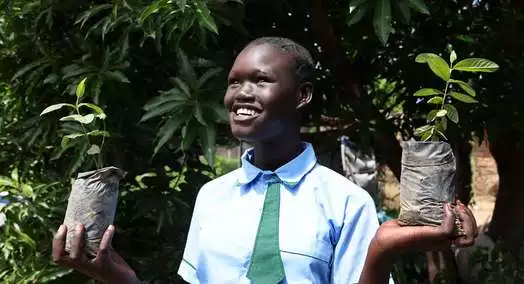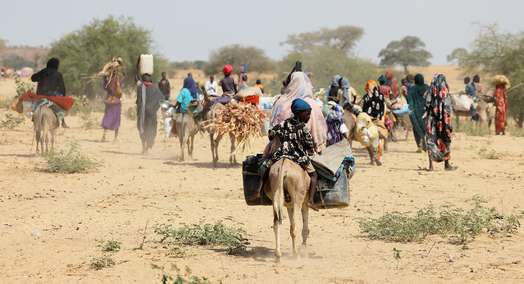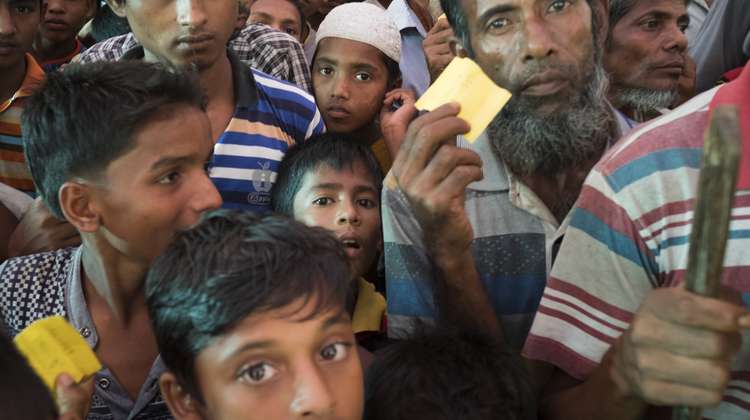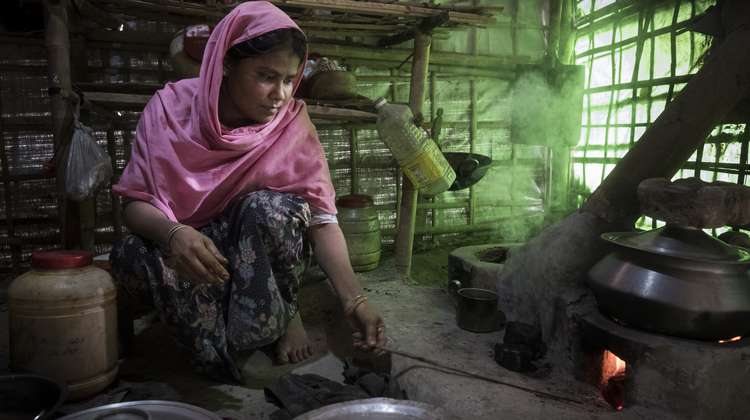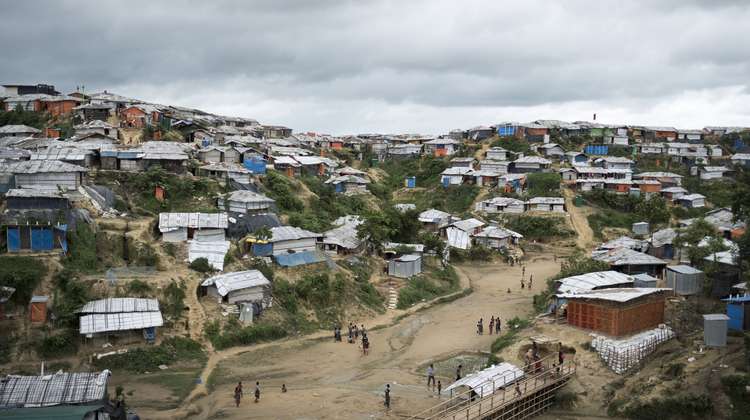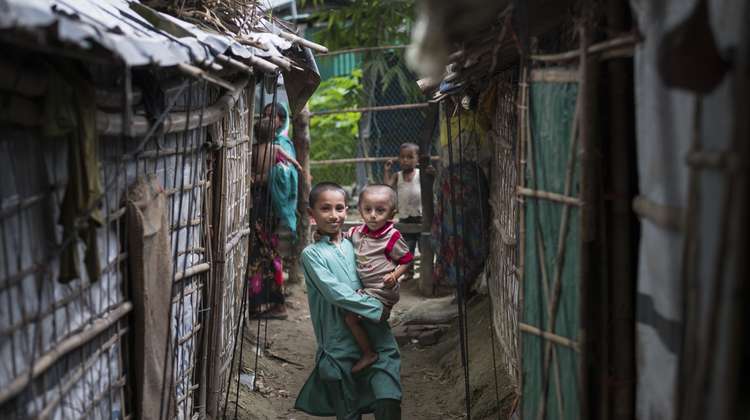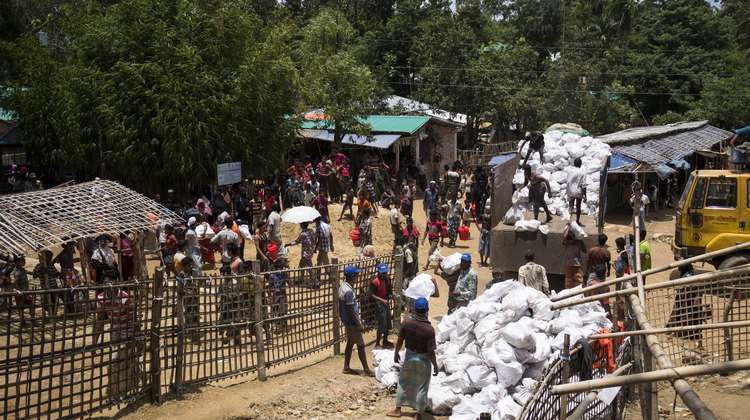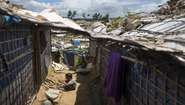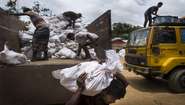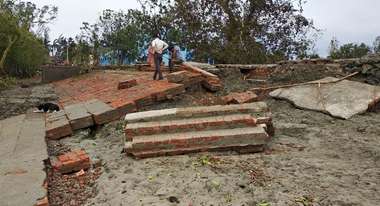One year into exodus of the Rohingya
Welthungerhilfe: One of the largest refugee crises in the world

One year after the Rohingya's flight from Myanmar, Welthungerhilfe is demanding additional financial resources for the refugees and the host communities. At the same time, increased international efforts are needed to find a long-term political solution for the people. A year ago, on 25 August, one of the largest refugee movements of this century began. More than 700,000 Rohingya fled to neighbouring Bangladesh escaping the violence in their home country Myanmar. Around Cox’s Bazar, the world's largest refugee camp has been established, where almost one million people are dependent on humanitarian aid. The local population is one of the poorest in Bangladesh and can hardly share the scarce resources.
Only 33 percent of the required funds are available
"People are not allowed to leave the camps, they are not allowed to work and the children cannot go to school. They cannot survive without outside help. At the same time, the international community has so far provided only 33 percent of the funds that the United Nations need for basic services. This is a scandal. The local population, which is already poor, must not be forgotten either. They bear a heavy burden, because resources such as firewood, drinking water or medical care are already scarce," emphasises Ajay Paul, Director of Welthungerhilfe emergency operations on the ground.
Welthungerhilfe has reacted quickly after the arrival of the refugees in Bangladesh. Since September last year, families have been supported with food supplies. They are not suffering from hunger any more, but preparing a meal is a challenge due to the lack of fire wood. All trees and bushes in and around the camps have been cut out of necessity. Thus, Welthungerhilfe supports the people with stoves and cooking fuel. At the same time, the organisation provides hygiene articles to contribute to the prevention of diarrhoeal diseases.
All projects are carried out in cooperation with local and international partner organisations such as Alliance2015.
Welthungerhilfe is one of the largest private aid organisations in Germany and enjoys both political and religious independence. It is fighting for “Zero Hunger by 2030”. Since being founded in 1962, it has provided funding of EUR 3.53 billion for more than 8,900 overseas projects in 70 countries. Welthungerhilfe bases its efforts on the principle of empowering people to help themselves, which it implements with measures ranging from rapid disaster relief to rehabilitation to long-term development cooperation projects with national and international partner organisations.
Download press images
Notice of Use: Please note that the images may only be used in a Welthungerhilfe context and may not be passed on to third parties. Images must bear the credit copyright "Photographer"/Welthungerhilfe. No long-term archiving. Please delete images after use!

